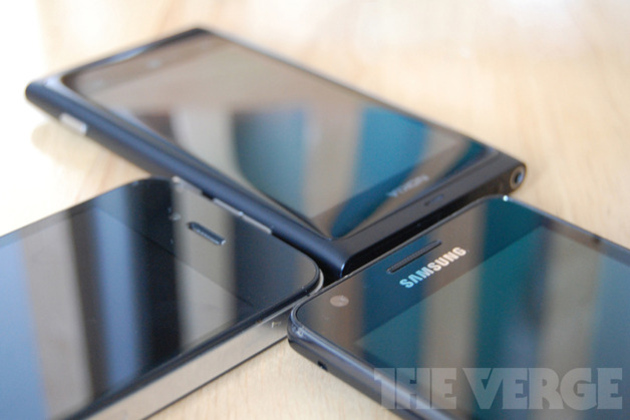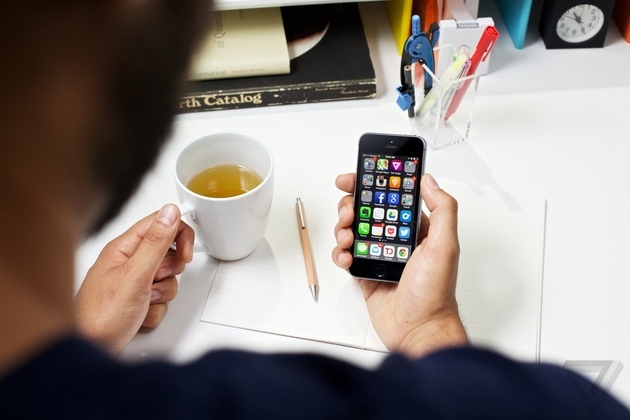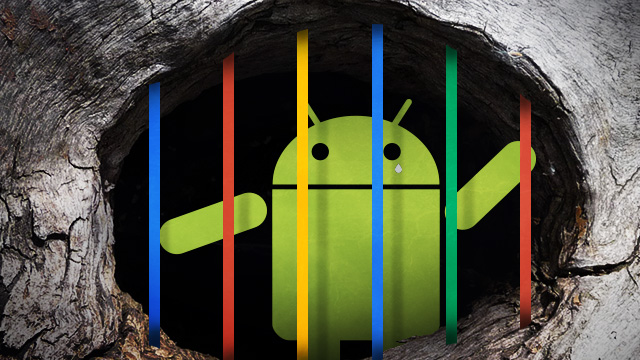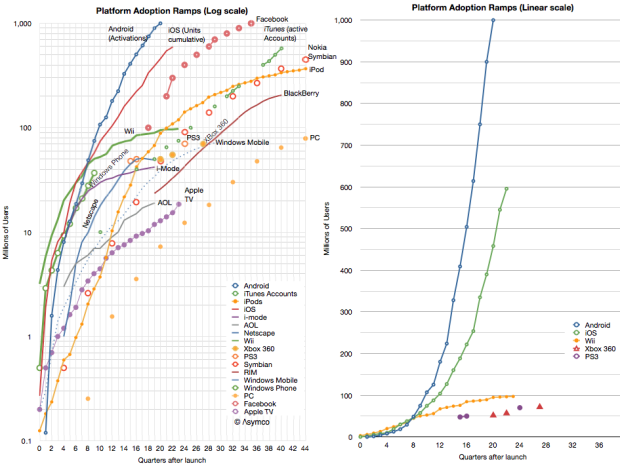// published on Ars Technica // visit site
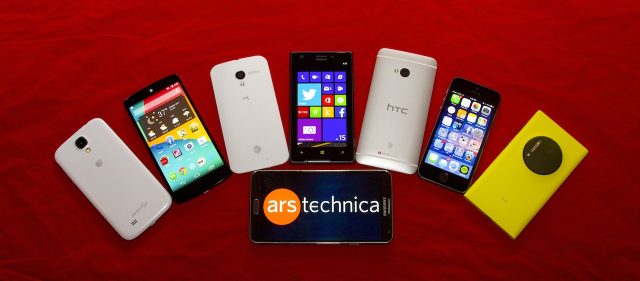
It's been just under a year since the last time we examined the state of the smartphone. The intervening months have brought us the expected annual hardware refreshes and software updates, but it's striking just how similar things are at a high level.
Apple and Samsung are still standing at the top of the field, and at the moment there's not a strong third-place contender in sales or in reach. HTC continues to be down on its luck despite the critical darling that is the HTC One. LG is still taking pages from Samsung's playbook, trying lots of odd ideas in an effort to differentiate. Microsoft is still struggling to improve Windows Phone 8's standing with consumers, developers, and hardware partners. All of this is more or less as it was a year ago.
That doesn't mean there aren't interesting things happening at the margins. The Motorola division is still a big money-loser for Google, but the Moto X is a surprisingly good, usable phone that has been very well-reviewed. Alternative operating systems like Ubuntu and Firefox OS are trying new things, even if they're strictly for hardcore early adopters as they currently stand. BlackBerry (née RIM), which at this time last year was pinning all its hopes on the then-forthcoming BlackBerry 10, is circling the drain. Microsoft bought the part of Nokia that makes its Lumia smartphones. Few of these events drastically alter the state of the smartphone today, but they all have interesting implications for 2014 and beyond.
